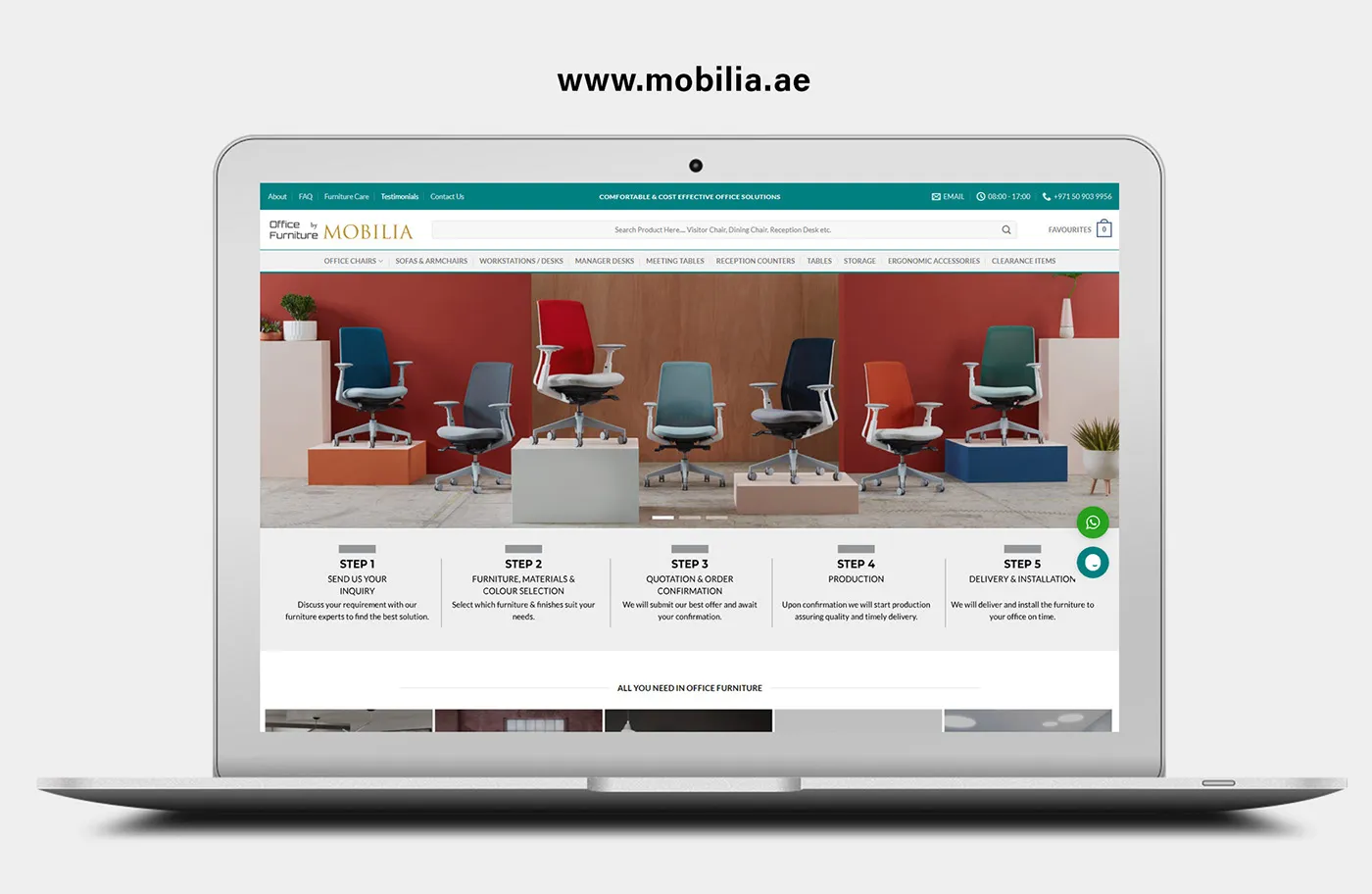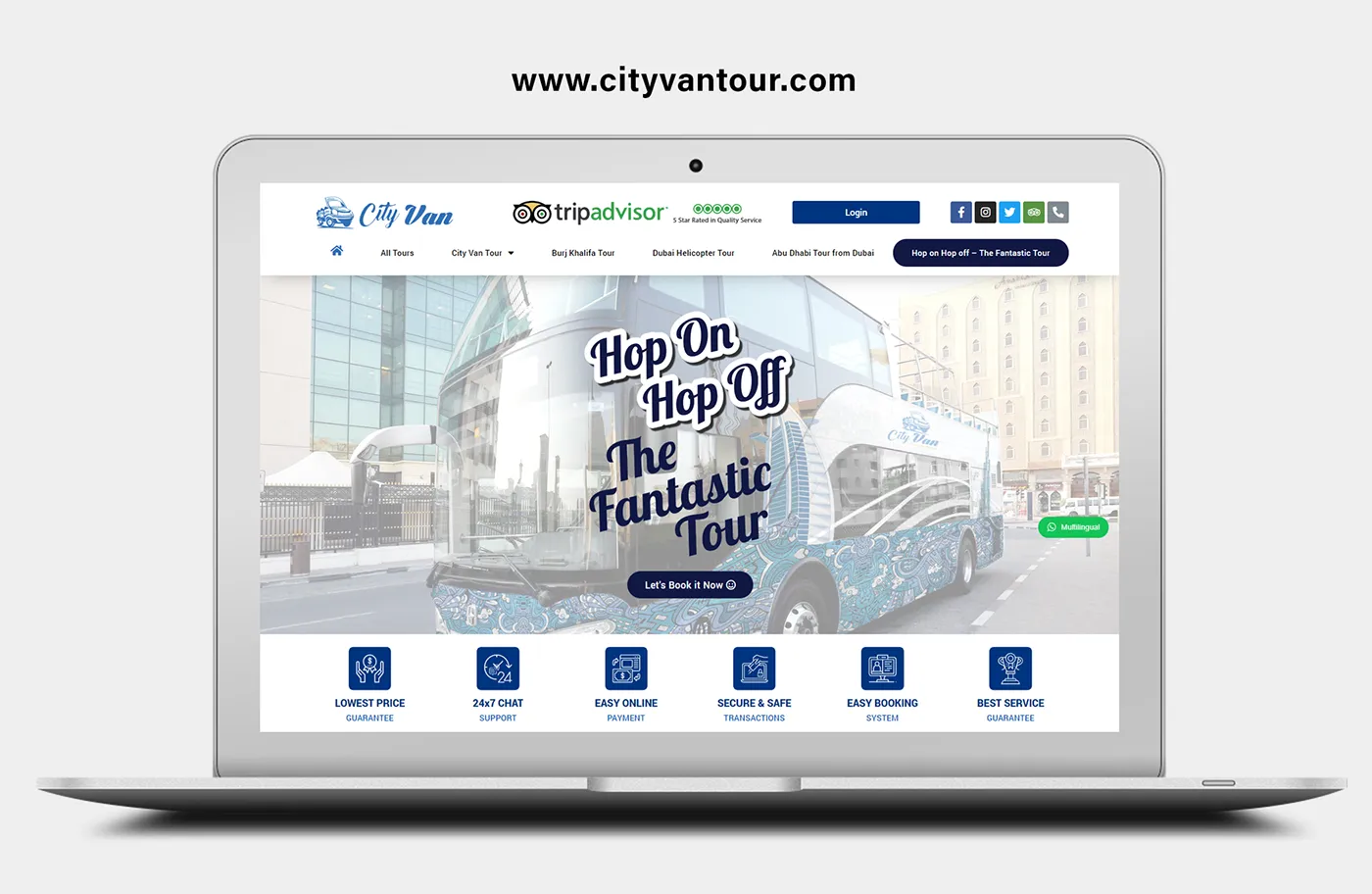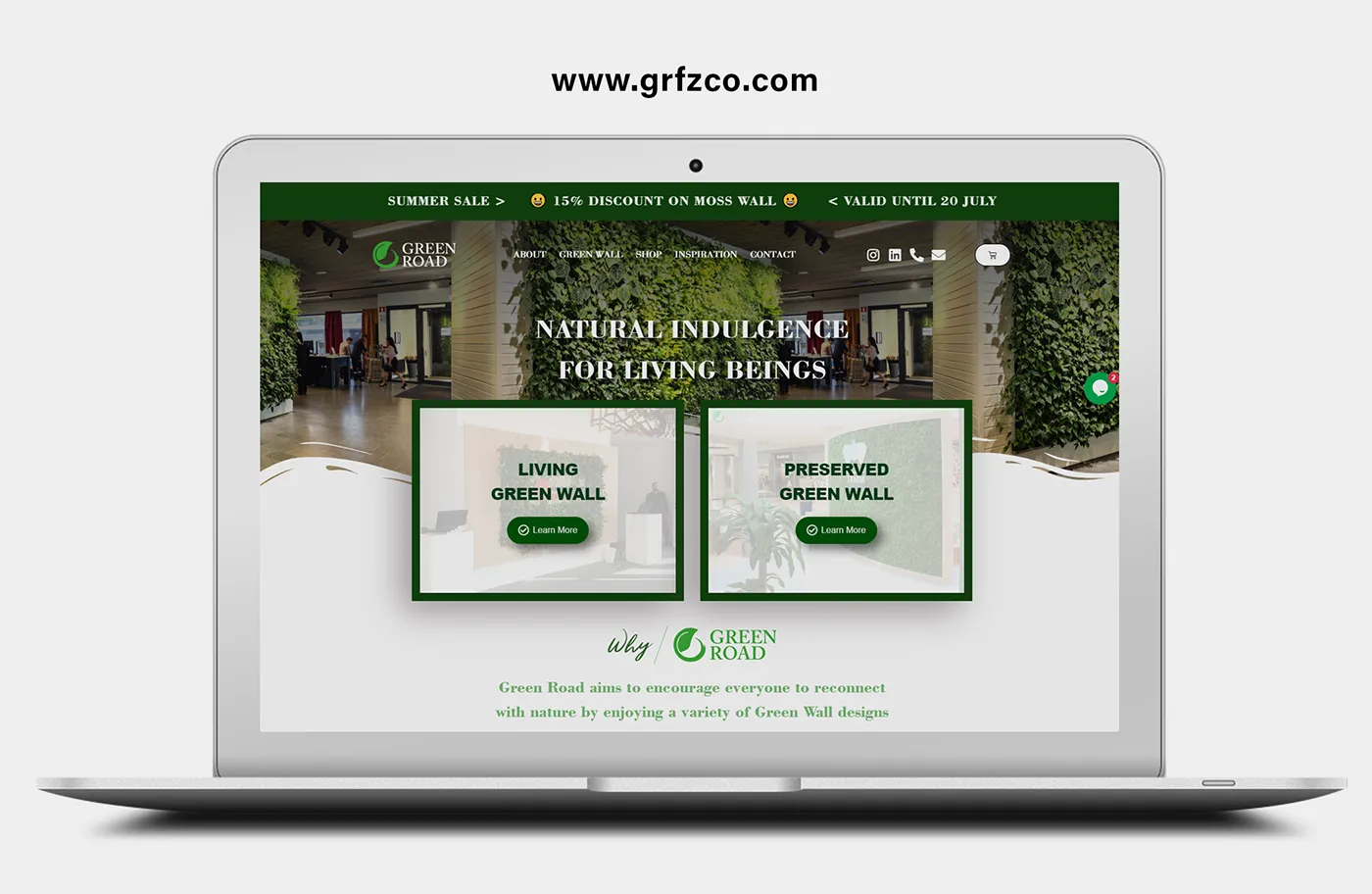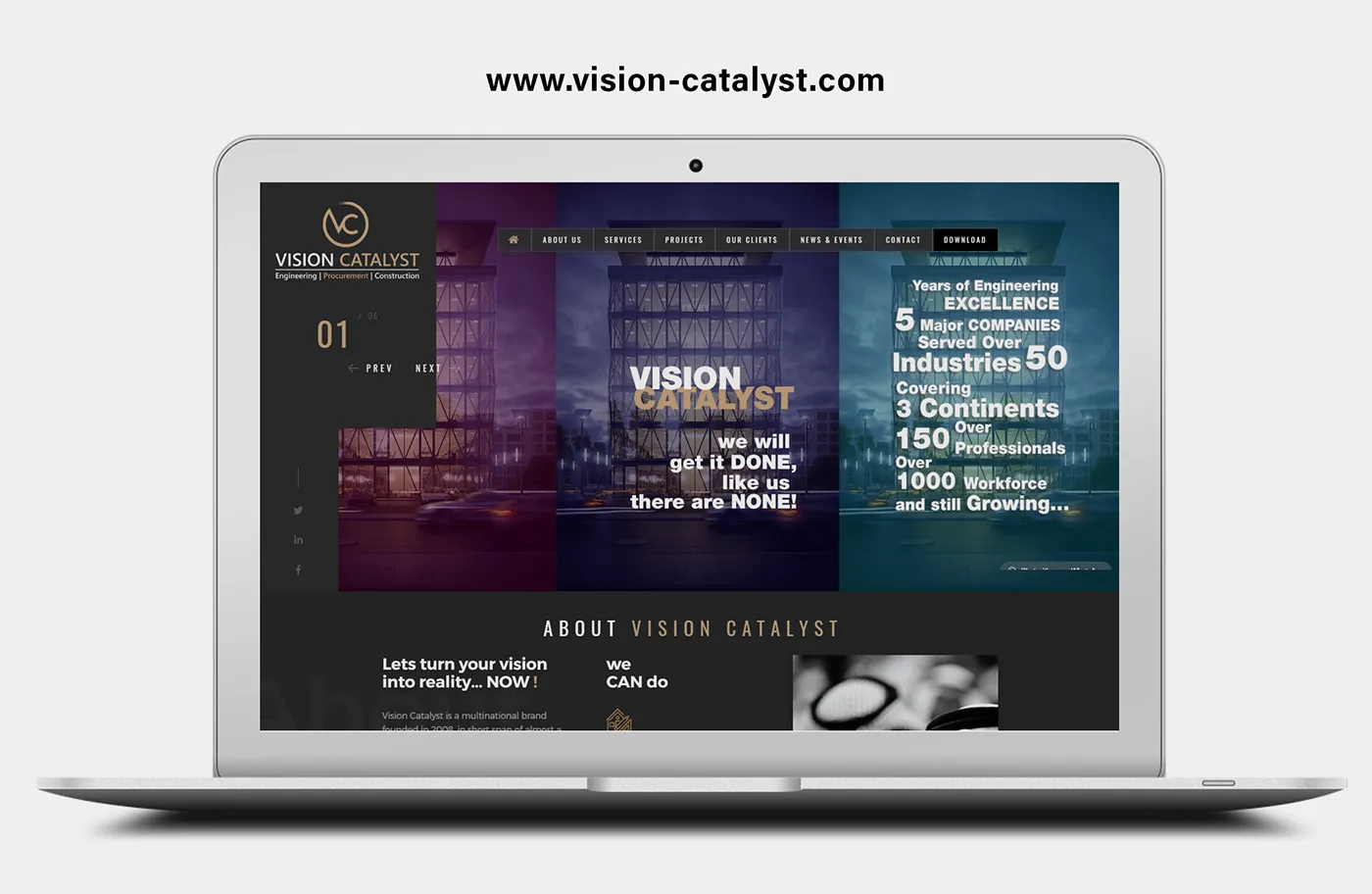In today’s digital-first world, your website is often the first impression your brand makes. Implementing the principles of modern web design is crucial to ensure your site is not just visually appealing—but functional, accessible, and conversion-focused. Below are the top 10 modern website design principles that drive successful user experiences and business growth.
1. Mobile-First Design: A Core Principle of Modern Web Design
Designing primarily for mobile devices follows one of the key modern web design principles: creating seamless experiences on smartphones and tablets before scaling up.
See how we apply this in our UI/UX Design Services in Dubai.
2. Speed & Performance: Essential Modern Website Design Principles
Fast loading speeds are essential for both UX and SEO. Google emphasizes performance as a ranking factor, making this a must-have principle in modern website design.
Google PageSpeed Insights can help evaluate your site.
3. Clear Visual Hierarchy in Modern Web Design
Establishing a visual hierarchy guides users through your content and increases readability. It’s vital for improving conversions and user retention. Use font sizes, spacing, and contrast effectively.
4. Consistent Branding & Style
Your brand identity should be uniform across all pages. Consistency in typography, colors, and design language builds trust—a fundamental part of modern web design.
Learn about our Branding & Identity Design Services.
5. User-Centered Design (UCD) as a Guiding Principle
UCD means designing with empathy and data. It requires user research, persona creation, and testing—ensuring your site solves real problems for its users.
Also read: User Research & Journey Mapping in Dubai
6. Intuitive Navigation: Following Modern Web Design Principles
Easy-to-use navigation reduces friction and increases time-on-site. Drop-downs, sticky menus, and breadcrumb trails enhance the user journey and reduce bounce rates.
7. SEO-First Approach in Modern Website Design
SEO should be baked into the design process—not added later. Structuring headings, using semantic HTML, and optimizing images support both rankings and accessibility.
Explore our SEO Services in Dubai
8. Accessibility Compliance as a Fundamental Principle
Web accessibility ensures your site can be used by all, including those with disabilities. This isn’t just good practice—it’s often required by law.
See W3C’s Accessibility Guidelines for more.
9. Scalable & Modular Design Systems in Modern Web Design
Design systems with reusable components help developers scale and maintain consistency. This principle is key for brands evolving over time or working across teams.
10. Continuous Improvement with Data: A Modern Web Design Principle
Launch is just the beginning. Modern web design involves continuous iteration based on analytics, heatmaps, and A/B testing to keep your site optimized.
We integrate tools like Hotjar and Google Analytics in our Web Development Projects.
Frequently Asked Questions (FAQs)
1. What defines modern web design in 2025?
Modern web design in 2025 prioritizes user experience, mobile responsiveness, fast loading speeds, accessibility compliance, and SEO-friendly structure, ensuring websites are engaging, inclusive, and discoverable.
2. Why is mobile-first design crucial today?
With most internet traffic coming from mobile devices, designing for mobile first guarantees optimal usability and performance across all devices, enhancing user satisfaction and retention.
3. How does accessibility improve my website?
Accessibility ensures your site is usable by people with disabilities, expanding your audience reach and meeting legal standards like WCAG 2.2, while improving overall user experience.
4. What role does SEO play in web design?
SEO-friendly design helps search engines index your site effectively, improving organic rankings and driving targeted traffic by optimizing site structure, content, and performance.
5. How often should I update my website design?
It’s recommended to review and refresh your website design every 2-3 years or when there are significant changes in technology, user behavior, or brand strategy to stay relevant and competitive.
Final Thoughts: Modern Web Design is a Continuous Practice
A high-performing website combines aesthetic design, technical excellence, and user empathy. Whether you’re building from scratch or redesigning, applying these modern web design principles ensures your site succeeds across all devices and user types.
Let’s Build Your Modern Website Together
Need a website that’s fast, mobile-friendly, and SEO-optimized?
Get in touch with WEFORDESIGN today for a consultation.





